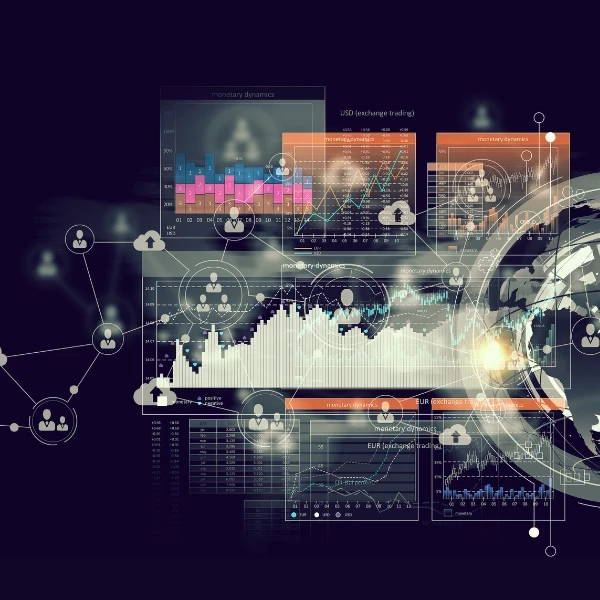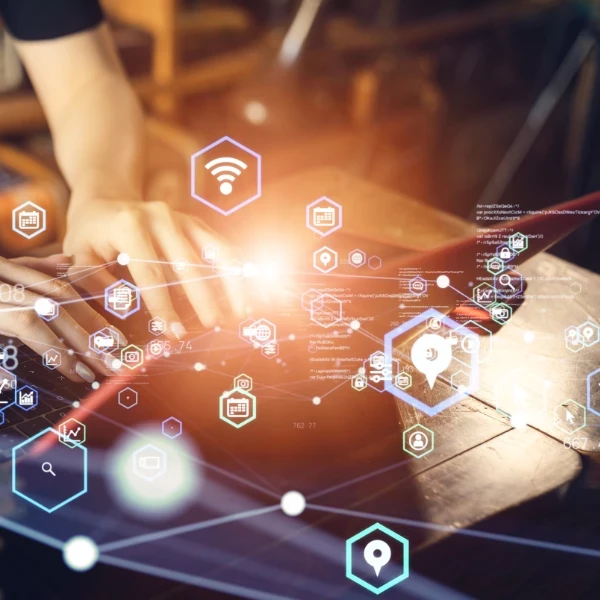From Connected Helmets to Methane Drones: What’s Next for TotalEnergies?
Add bookmark
French oil giant TotalEnergies operates oil and gas production facilities, refining and chemicals sites and service stations throughout the globe. Last year, the company launched the industry’s first internet enabled helmet to help plant workers carry out complex procedures. The helmet leaves workers with their hands free but enables them to communicate with remote subject matter experts.
Over a year since the first deployment, where are they now and where are they going?
In this interview, Eric Duchesne, Senior Vice President, Manufacturing & Projects at Total offers his perspective on what it took to make their Connected Helmet program a success, talks about lessons learned and reflects on the challenges the year ahead will bring.
Diana Davis, Oil and Gas IQ: I understand that Total and has been leading the way in connected worker technology with the energy industry's first deployment of Microsoft Teams on Realware at your LaPorte Polypropylene Plant in Texas. Could you tell us a bit more about that technology and how it works?
Eric Duchesne: It is a “connected helmet,” which allows operators to wear it while carrying out procedures and work. While a “connected helmet” is not that new a technology, what is different is our addition of a high resolution screen and excellent sound quality. We use noise cancelling headphones and have integrated it with Microsoft Teams, which makes it more interactive than other helmets.
This makes easy for the people at our plants to connect live and easily with our SMEs (subject matter experts) in corporate headquarters. When a worker gets stuck they can talk directly with the SME without management’s involvement. It means that the technicians are speaking to other technicians directly to efficiently sort out problems and remove barriers.
It’s also important to stress that this is a tool that is qualified to work in hazardous areas and environments. In terms of safety that is critical. We don’t need an extra fire safety work permit each time we go on site with these helmets. It can be used either with a 4G network or with Wi-Fi.
As a result, we have been able to use it in most places. We’ve been able to use it in Saudi Arabia, we’ve been able to use it on boats, we’re able to use it in Europe. What’s been important to the success of are Connected Helmets are the ease of use and the fact that it’s a solution that fits all the areas we are in.
Diana Davis, Oil and Gas IQ: You’ve mentioned all the different places that you've deployed it – even on a boat! Do you have any lessons that you learned when you were scaling this technology in such a distributed and complex environment?
Eric Duchesne: One of our key lessons was ensuring that we immediately responded to people that were making the effort to call for help. You don’t want someone to call with a question and not get the answers that they need. We wanted to make sure that people at our headquarters or our vendor representatives were involved to provided immediate solutions. If they could not provide an immediate solution, we wanted them to at least provide a proposal so that our workers in the field were not left hanging with an unresolved issue.
Another important point was when we communicated about those fixes. We wanted to make sure that we included the end users. We didn’t want the helmets to be perceived as something ‘invented by HQ’ so we really made sure that we really highlighted the role of the end users. We had a communication campaign that put the end users front and centre. We interviewed our people in our operations about the helmet and made sure that they were really the star of the video.
One final point to add is that financing is always a question. The plants will always be a bit hesitant to buy such a tool. So we removed this barrier. I just say, ‘I’m buying’. I bought the first 10 helmets and they were offered for free at the plants.
We made it super easy and free for the end users, and I think that was essential at the beginning. Eventually, the plant had to start paying for additional helmets. But by then, the helmets had demonstrated their utility so they had no problem purchasing them.
Diana Davis, Oil and Gas IQ: In terms of lessons learned, were there any dead ends you went down when you were engaging the end users in all this?
Eric Duchesne: At the beginning, the helmet was not connected to Microsoft Teams. Instead, we had to use a specific software that was quite expensive. The license for the software was more expensive than the connected helmet itself.
The other problem was that this software was a specific application, which meant our IT team were not fond of that approach because of the extra support and cyber security checks that it requires. Since it was so specific and new it really slowed us down. When Microsoft Teams arrived that was when things started to click for us.
Another challenge with the solution initially was that there were quite a number of intermediaries involved that were taking quite a significant margin and complicating the process of communication. Those companies were not providing any added value. They were just intermediates. When we were able to interact directly with Realware the interaction was much faster.
Diana Davis, Oil and Gas IQ: It sounds like that the technology piece itself is a critical part of that success. Making sure that you got the right relationships in place and you've got that user-friendly approach within the software itself.
Eric Duchesne: Exactly. We wanted the tool to be like something that we have in our private lives. I think that it is extremely important to show to our workers when they’re on site that that we have modern tools for them and that we’re not asking them to work with just a pen and paper and write the same information over and over again.
Frankly speaking why would you send someone outside with a pen and a piece of paper when it is raining? It’s not practical and at home, they have their iPhones. It’s not motivating for workers to come to work with tools they perceive to be inferior to what they have in their personal lives.
Diana Davis, Oil and Gas IQ: What's next on the agenda at Total?
Eric Duchesne: We have a lot of tools now. We have a digital factory that that has started to produce applications and energy keys to be able to deploy and scale faster. It's really about being much faster on the deployment of solutions and remaining fast on implementing changes. We are a bit like a big boat at TotalEnergies, but, nevertheless, we need to remain agile.
After that we are looking to put more artificial intelligence into our data analysis. We are doing statistics, we are using live data from the plants and data from the ERP's and notebooks of our teams to be able to generate additional value.
We have parts of the business that are more advanced in data analytics. This will help us to identify the potential added value of AI into the windfarms and solar farms where we looking to do more predictive maintenance.
We’re definitely not done with digitalization. There's still a lot to do, and a lot of benefit to gain.
Finally, climate change is part of a broader issue but we have to respond to changing regulations and reduce our carbon and methane emissions. This is actually something that we have been working on for many, many years. For instance, we have developed our own solutions to detect and monitor methane leaks. We use drones and very sensitive analyzers to identify where they are and monitor them. We’re planning to use this technology throughout our operations to really lower our methane emissions.
Diana Davis, Oil and Gas IQ: You’ve mentioned a lot of different areas of focus. Is there something that stands out as the biggest challenge for next year?
Eric Duchesne: There are always new technology trends and developments out there and our team is overwhelmed with small companies contacting us. We almost need to apply AI to all these solutions to understand which ones are applicable and which ones are not! As a large company we need to devote our efforts to scan the market – and we could perhaps use some help here – rather than to build and invent solutions ourselves. Our final area of focus is to build and deploy these solutions more quickly.
Interested in Learning More?
Having frontline workers that are safe, connected and empowered to make intelligent, informed decisions is the number one way to build resilient operations. Join us at The Connected Worker Summit on February 8-10, 2022 and network with over 200 operations leaders at the Norris Conference Center in Houston, TX. Learn how to build a connected workforce to improve operational efficiency, training, asset management, quality, and safety. The Connected Worker Summit (oilandgasiq.com)





















